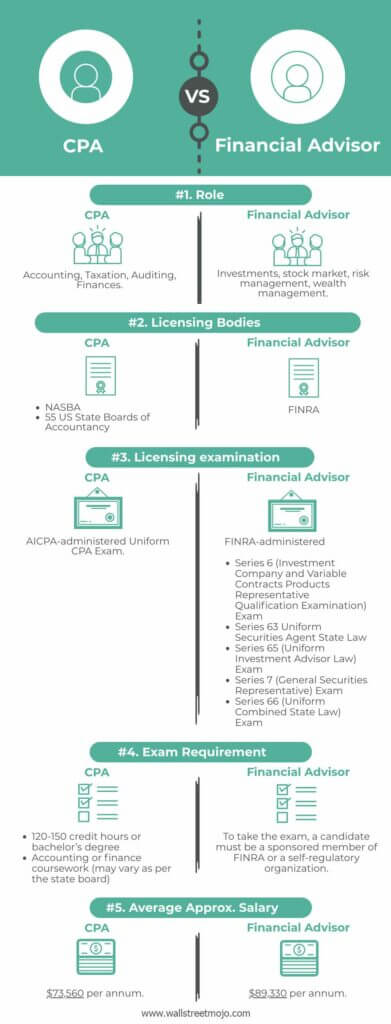
A Betterment review focuses on how the program can help you build your savings over time. It asks you questions about your savings goals and then analyses them to determine the risk. Users can also harvest tax losses. This is one of the best aspects of Betterment. I will review it in this Betterment evaluation. Continue reading to learn more about this low cost robo-advisor.
Betterment is an affordable robo-advisor
With its competitively priced plans, Betterment is a viable option for investors looking for an automated investing service. It has a mobile app that is simple to use, and financial experts who can help with analysis and understanding of your outside investments. The Betterment SmartDeposit service is particularly useful for investors with irregular income. You can limit the amount you put into this service. This system is easy-to-use and allows you to link multiple accounts with no security compromises.
Betterment, a fiduciary institution offers robo-advising to investors. The company also provides personalized support through live agents. It offers checking and savings accounts for basic use, as well pre-packaged portfolios with low risk. Betterment offers a 90-day money back guarantee and features a plethora of features. AI uses the system to optimize your earnings depending on your goals. You can change the amount you invest in ETFs.

It offers personalized financial advice
Betterment offers financial advice that is tailored to your needs, whether you are new to investment or looking to increase your retirement savings. Betterment provides financial advice that will include a review of your financial status and investment portfolio. There are also options for guidance regarding college planning, how to set up a 529 plan, managing your debt, and merging your finances. Investors are not charged for the Betterment Financial Checkup, but will have to pay a fee if you need more detailed financial advice.
You should choose the Premium plan. This includes an unlimited number trades and a tax-loss harvesting function. The Betterment Robot-Advisor's algorithms will help you choose the right investment portfolio. These portfolios can be built using low-cost ETFs or tried-and-true investment methods that are based on Modern Portfolio Theory. The minimum investment balance for the Betterment premium subscription service is $100,000
It offers a variety of educational tools.
Betterment offers an array of asset management and a zero-fee checking service. Investors can also benefit from its innovative portfolio of emerging technologies. Betterment's core Portfolio Strategy is based in Nobel Prize-winning Research. It aims for global diversification while using modern Portfolio Theory. Betterment's portfolio recommendation includes investments in US bonds and international stock.
Betterment's registration process is very easy. The registration process is quick and easy. It includes personal information, as well as a financial objective. You can choose from many investment options to reach your goals. To help you make the right decision, you can experiment with different asset allocations. Two subscriptions are offered by Betterment, starting at $299. These plans include a range education tools.

It offers tax-loss harvesting
Wealthfront and Betterment offer tax-loss harvesting. However, their methods are different. Wealthfront allows tax-loss harvesting by direct indexing, while Betterment provides tax-loss Harvesting on taxable accounts. This strategy allows investors realize their losses by selling their individual security and buying an ETF that is similar. Betterment makes tax-loss harvesting simple by automatically reviewing each investment on a daily basis.
Betterment revealed that its tax-loss harvesting program has led to an average increase in annual profits of 0.77% per year and $45,000 in earnings. Both Wealthfront and Betterment offer tax loss harvesting. However, the fees charged by these companies are nearly identical. Betterment has a lower minimum deposit while Wealthfront comes with a free account. These companies also offer tax-loss harvesting and a transparent fee structure.
FAQ
What Are Some Examples of Different Investment Types That Can be Used To Build Wealth
There are several different kinds of investments available to build wealth. Here are some examples.
-
Stocks & Bonds
-
Mutual Funds
-
Real Estate
-
Gold
-
Other Assets
Each of these options has its strengths and weaknesses. For example, stocks and bonds are easy to understand and manage. They can fluctuate in price over time and need active management. Real estate on the other side tends to keep its value higher than other assets, such as gold and mutual fund.
It comes down to choosing something that is right for you. Before you can choose the right type of investment, it is essential to assess your risk tolerance and income needs.
Once you have determined the type of asset you would prefer to invest, you can start talking to a wealth manager and financial planner about selecting the best one.
How can I get started in Wealth Management?
First, you must decide what kind of Wealth Management service you want. There are many Wealth Management options, but most people fall in one of three categories.
-
Investment Advisory Services: These professionals can help you decide how much and where you should invest it. They offer advice on portfolio construction and asset allocation.
-
Financial Planning Services- This professional will assist you in creating a comprehensive plan that takes into consideration your goals and objectives. Based on their expertise and experience, they may recommend investments.
-
Estate Planning Services- An experienced lawyer will help you determine the best way for you and your loved to avoid potential problems after your death.
-
Ensure they are registered with FINRA (Financial Industry Regulatory Authority) before you hire a professional. You don't have to be comfortable working with them.
Who can help with my retirement planning
Many people consider retirement planning to be a difficult financial decision. It's more than just saving for yourself. You also have to make sure that you have enough money in your retirement fund to support your family.
It is important to remember that you can calculate how much to save based on where you are in your life.
If you're married, for example, you need to consider your joint savings, as well as your personal spending needs. If you're single, then you may want to think about how much you'd like to spend on yourself each month and use this figure to calculate how much you should put aside.
If you are working and wish to save now, you can set up a regular monthly pension contribution. You might also consider investing in shares or other investments which will provide long-term growth.
Talk to a financial advisor, wealth manager or wealth manager to learn more about these options.
Statistics
- Newer, fully-automated Roboadvisor platforms intended as wealth management tools for ordinary individuals often charge far less than 1% per year of AUM and come with low minimum account balances to get started. (investopedia.com)
- These rates generally reside somewhere around 1% of AUM annually, though rates usually drop as you invest more with the firm. (yahoo.com)
- If you are working with a private firm owned by an advisor, any advisory fees (generally around 1%) would go to the advisor. (nerdwallet.com)
- As previously mentioned, according to a 2017 study, stocks were found to be a highly successful investment, with the rate of return averaging around seven percent. (fortunebuilders.com)
External Links
How To
How to Invest Your Savings to Make Money
You can generate capital returns by investing your savings in different investments, such as stocks, mutual funds and bonds, real estate, commodities and gold, or other assets. This is called investment. It is important that you understand that investing doesn't guarantee a profit. However, it can increase your chances of earning profits. There are many different ways to invest savings. One of these options is buying stocks, Mutual Funds, Gold, Commodities, Real Estate, Bonds, Stocks, ETFs, Gold, Commodities, Real Estate, Bonds, Stocks, Real Estate, Bonds, and ETFs. These methods will be discussed below.
Stock Market
The stock market is one of the most popular ways to invest your savings because it allows you to buy shares of companies whose products and services you would otherwise purchase. You can also diversify your portfolio and protect yourself against financial loss by buying stocks. If oil prices drop dramatically, for example, you can either sell your shares or buy shares in another company.
Mutual Fund
A mutual fund can be described as a pool of money that is invested in securities by many individuals or institutions. They are professionally managed pools of equity, debt, or hybrid securities. The mutual fund's investment goals are usually determined by its board of directors.
Gold
Long-term gold preservation has been documented. Gold can also be considered a safe refuge during economic uncertainty. It is also used as a form of currency in some countries. Gold prices have seen a significant rise in recent years due to investor demand for inflation protection. The price of gold tends to rise and fall based on supply and demand fundamentals.
Real Estate
Real estate includes land and buildings. You own all rights and property when you purchase real estate. You may rent out part of your house for additional income. The home could be used as collateral to obtain loans. The home can also be used as collateral for loans. Before purchasing any type or property, however, you should consider the following: size, condition, age, and location.
Commodity
Commodities include raw materials like grains, metals, and agricultural commodities. As commodities increase in value, commodity-related investment opportunities also become more attractive. Investors who want capital to capitalize on this trend will need to be able to analyse charts and graphs, spot trends, and decide the best entry point for their portfolios.
Bonds
BONDS are loans between governments and corporations. A bond is a loan agreement where the principal will be repaid by one party in return for interest payments. Bond prices move up when interest rates go down and vice versa. An investor purchases a bond to earn income while the borrower pays back the principal.
Stocks
STOCKS INVOLVE SHARES of ownership within a corporation. Shares only represent a fraction of the ownership in a business. If you own 100 shares, you become a shareholder. You can vote on all matters affecting the business. When the company is profitable, you will also be entitled to dividends. Dividends can be described as cash distributions that are paid to shareholders.
ETFs
An Exchange Traded Fund (ETF), is a security which tracks an index of stocks or bonds, currencies, commodities or other asset classes. ETFs are traded on public exchanges like traditional mutual funds. For example, the iShares Core S&P 500 ETF (NYSEARCA: SPY) is designed to track the performance of the Standard & Poor's 500 Index. If you purchased shares of SPY, then your portfolio would reflect the S&P 500's performance.
Venture Capital
Venture capital is private funding that venture capitalists provide to entrepreneurs in order to help them start new companies. Venture capitalists provide financing to startups with little or no revenue and a high risk of failure. They invest in early stage companies, such those just starting out, and are often very profitable.